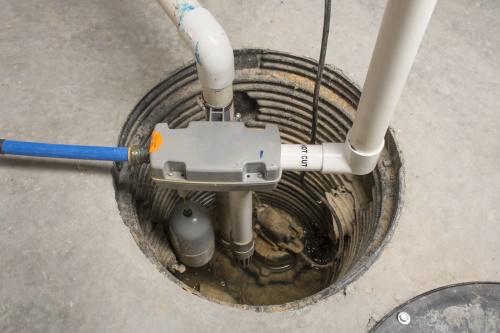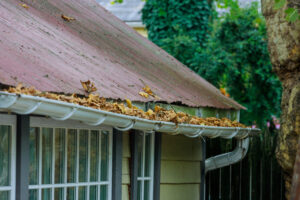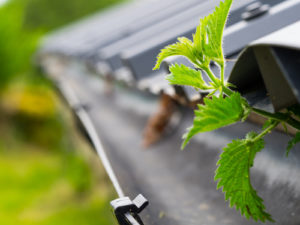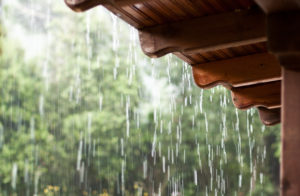The average amount of precipitation that falls across the U.S. per year, excluding Alaska and Hawaii, is approximately 30 inches. Of course, what falls per state and region varies. For instance, Kansas receives approximately 29 inches of rain and snow while Missouri gets over 42 inches.
Combined, the Kansas City area receives a combined 50 inches of rain and snow in any given year. That’s good news for lawns and farms but can be an issue for residential homes, particularly if they are in low-lying areas that tend to flood. This could be especially troublesome if the homeowner hasn’t invested in a good sump pump to help drain excess water. Without this installed in or around their basement, they might suffer significant damage.
The same goes if they have a working sump pump but problematic gutters. If they’re clogged or broken, overfill can puddle around the home and put excess strain on the sump pump. In turn, the motor can burn out, and that results in damage across your home.
However, when working together, gutters can help your sump pump become an efficient drainer of excess water. The result, even in the heaviest of precipitation, is a feeling of security.
How does a sump pump work?
Before going further, we need to detail what a sump pump is. The main role of a sump pump is to keep an area under a house or building dry and prevent it from flooding. This is done by installing it in the lowest area of a residence. Normally, it’s found in the basement or a crawlspace.
In most cases, the pump is installed in a specially designed sump pit. Water that accumulates around the property flows into the pit. Once it reaches a certain level it is drained into an area away from the property.
Most of the time, water is collected through natural migration via the soil. However, in cases where gravity isn’t in play, a French drain or other system may feed water into the pit to be drained.
How gutters play a role
Gutters play both Jekyll and Hyde with sump pumps. In the worst-case scenario, gutters can wreak havoc with pumps. This can happen a few ways.
First, if the gutters are clogged the water is going to cascade down the foundation and unevenly disperse into the yard or driveway. In turn, this will saturate the ground to cause a larger volume of water to collect in the pit. As mentioned, the pump could burn out if it’s constantly draining.
Additional sump pump problems can occur if the water isn’t properly dispersed when it reaches the ground. If the splash blocks aren’t set up or don’t exist, then the water will not properly disperse across the property. As mentioned, the same problems will arise for your sump pump.
On the other hand, gutters can help maintain sump pumps. For instance, they can reduce the amount of water that reaches the ground if the liquid is distributed from the downspout into a series of rain barrels. Once full, the water in these containers can be slowly released back into the soil during dryer conditions.
An additional way gutters can help is to channel precipitation to the splash block. From here, the water is spread more evenly throughout the property. Or, perhaps there’s no block but a drain connected to the bottom of the spout. This may be used for irrigation purposes or send the water away from the home.
In either of the positive situations, not only is the amount of moisture in the yard reduced, but so is the sump pit’s drainage.
Peaceful coexistence
To establish a peaceful coexistence between your sump pump and gutters, follow these steps.
- Keep everything clean – Clogs can occur at the roofline and in the basement. So, if you’re not using a K-Guard leaf free gutter system, then make sure you regularly clean the channels and downspouts. Closer to the ground, check the drains and sump pit for any debris that can clog up the works.
- Invest in rain barrels – You can minimize the amount of precipitation that reaches the ground by setting rain barrels at the downspouts. Not only does it collect the water for later use, but it also permits a more regulated delivery. Learn more about that here.
- Make sure the water is evenly distributed – If you don’t use rain barrels, then buy splash blocks and make they are properly angled for draining.
Overall, if you receive a large amount of precipitation over the course of the year, just make sure the water that drains from your property doesn’t tax the sump pump. One way to eliminate the anxiety of drainage issues is to start by calling K-Guard at 913-229-7550 for a free estimate.




